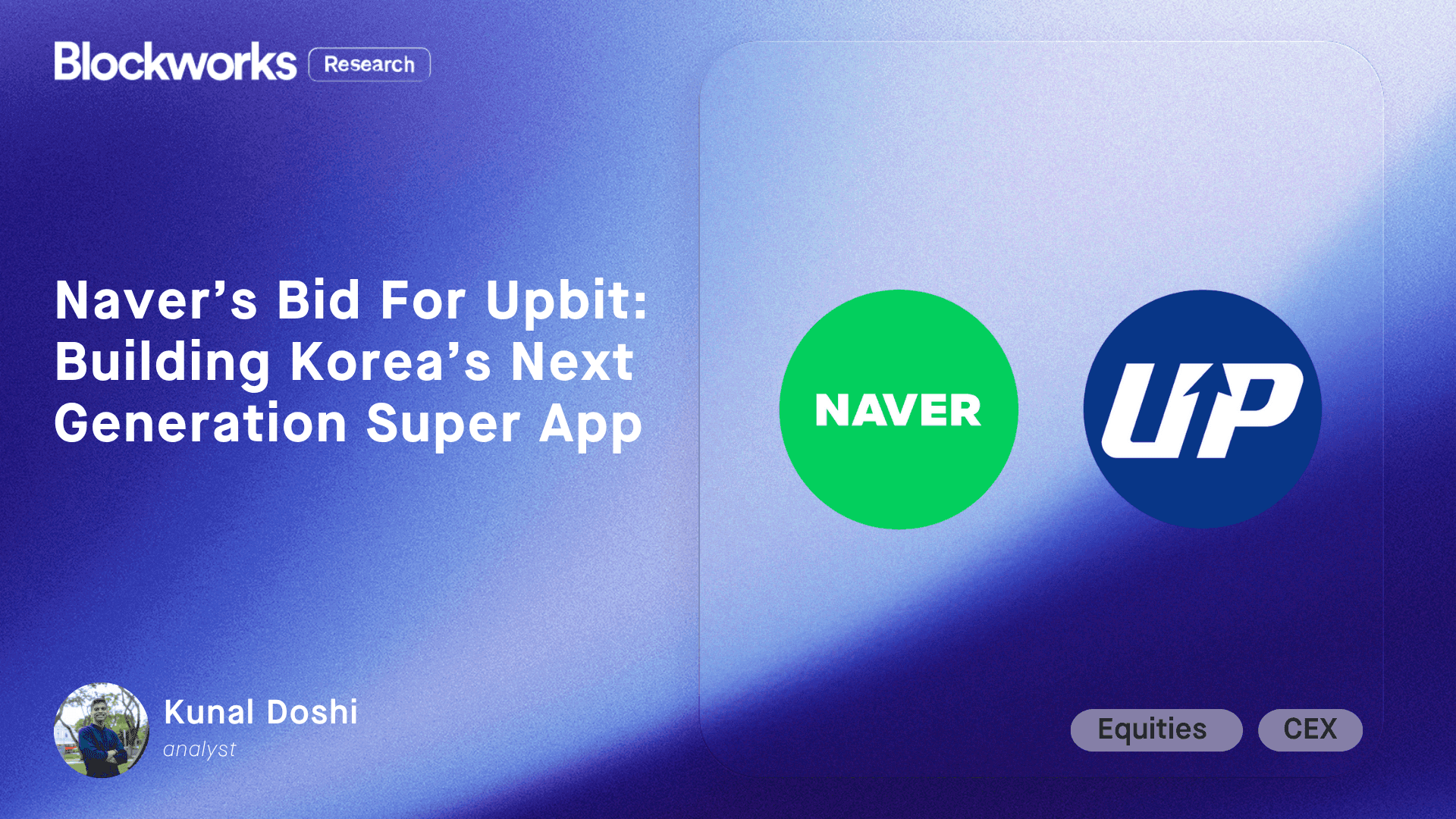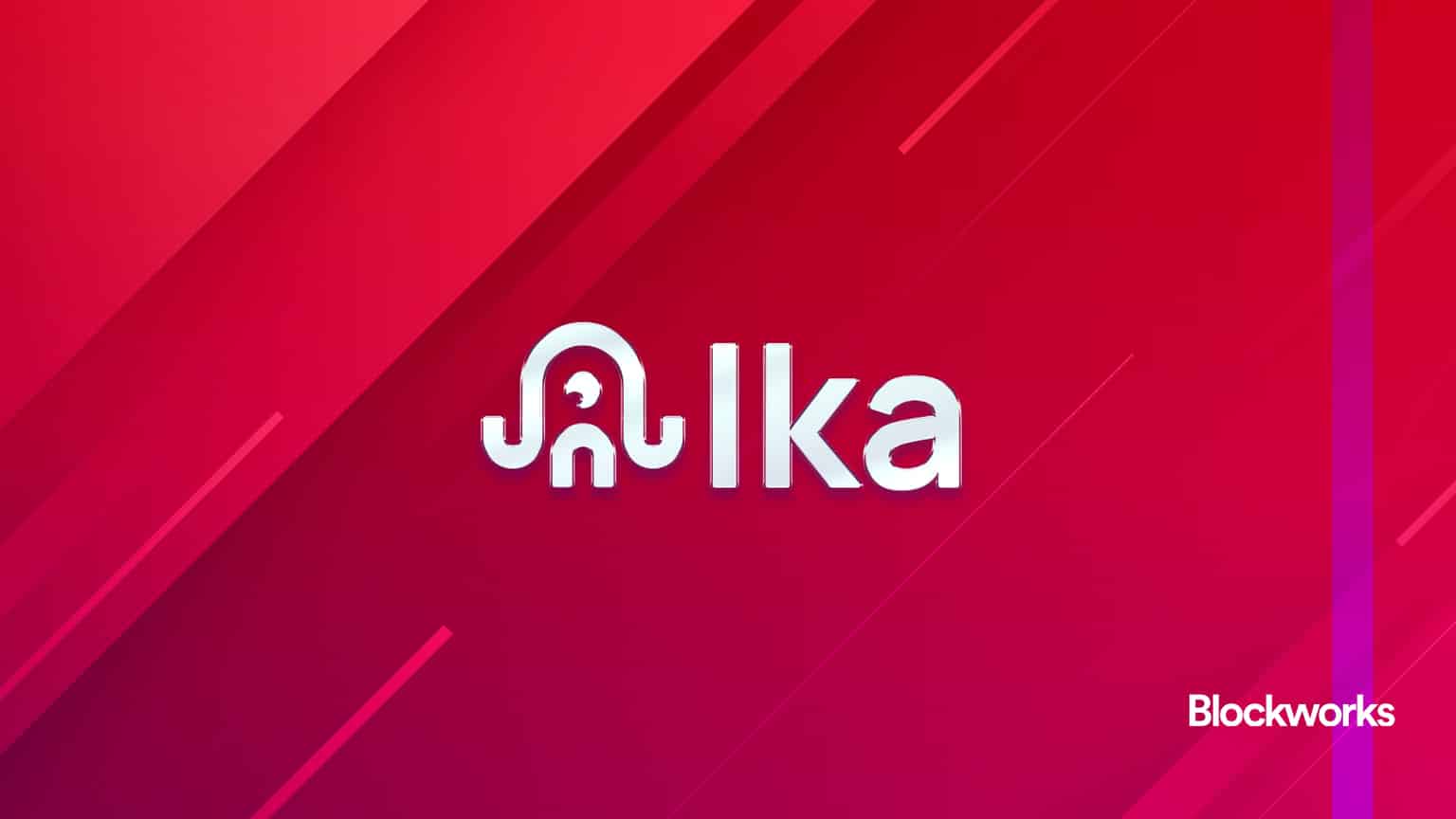Optimism devs tackle bad actors with fault-proof system testnet launch
The latest system will comprise three components, a fault-proof program, a fault-proof virtual machine and a dispute game protocol

gguy/Shutterstock modified by Blockworks
Ethereum scaling startup Optimism has published the first release of “fault-proof system alpha.”
Now available on the OP Goerli testnet, the system has three components: a fault-proof program (FFP), the code that executes the EVM; a fault-proof virtual machine (FPVM); and a dispute game protocol.
The goal of these different systems is to work in tandem in an effort to challenge malicious activity on the Optimism network. Fault proofs are designed to prevent fraudulent activities or errors from being processed in rollup transactions.
Optimistic rollups are “optimistic” in nature, as they assume transactions are accurate until proven otherwise. Fault proofs form an important security measure to ensure that false activities aren’t accepted on the network.
OP Labs CEO Karl Floersch told Blockworks in an interview that the fault-proof system builds off the Bedrock upgrade and is designed to set the stage for the project’s second stage of decentralization.
Upon launch, users will be able to participate in the dispute game protocol, but they are not incentivized to do so, Floersch explains. This is because the bonding design will not be added during the protocol’s testnet release but will be included ahead of the OP mainnet launch.
A bond refers to the amount of money a sequencer must post on Ethereum in order to participate in network activities. If fraud is proven, the sequencer’s bond will be slashed and redistributed to verifiers.
“The dispute game is indeed permissionless so that there can be multiple clients and multiple fault proofs that are all running in parallel,” Floersch said. “This does not mean that the system is bulletproof at the moment; we’re launching this testnet to get a bunch of eyes on the design. It is critical we get the community to understand how it works.”
Multiple players can participate in the dispute game, which will not be limited to 1v1. This design was to mitigate the potential of denial-of-service vectors in 1v1 games, where malicious actors could potentially challenge themselves and lead to deadlock or inaccurate resolutions.
Path to decentralization
Fault proofs are a step in achieving a permissionless transition of information between a layer-1 and a layer-2. This means that an end user should be able to deposit their tokens into a layer-2 from a layer-1, and then withdraw their tokens from a layer-1 — without anyone being able to stop the process.
It’s important to note that tokens directly deployed to a layer-2 do not have any dependencies on the fault-proof system, as there is no bridge back to the first network layer for those tokens.
“This is critically important because [layer-1s] have the highest security and decentralization properties,” Floersch told Blockworks. “It also allows users to opt out of upgrades to the [layer-2].”
As it currently stands, every major layer-2 project has trusted parties who hold upgrade keys that can execute protocol upgrades, making it a primary point of centralization. This is because if upgrade keys were to be compromised, all deposited assets in the layer-2 protocol would be at risk.
“The goal of what we’re doing is that we’re drawing the fastest path to decentralization,” Floersch explained. “And the prerequisite for that is multiple fault-proof implementations.”
OP Lab’s fault-proof system will be entirely open-source, and a bug bounty will be put in place, according to Floersch.
Get the news in your inbox. Explore Blockworks newsletters:
- The Breakdown: Decoding crypto and the markets. Daily.
- 0xResearch: Alpha in your inbox. Think like an analyst.






